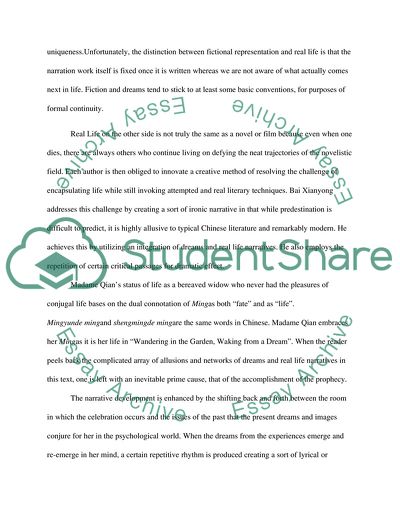Cite this document
(“Dream and Life in Chinese Literature Book Report/Review”, n.d.)
Dream and Life in Chinese Literature Book Report/Review. Retrieved from https://studentshare.org/literature/1687327-dream-and-life-in-chinese-literature
Dream and Life in Chinese Literature Book Report/Review. Retrieved from https://studentshare.org/literature/1687327-dream-and-life-in-chinese-literature
(Dream and Life in Chinese Literature Book Report/Review)
Dream and Life in Chinese Literature Book Report/Review. https://studentshare.org/literature/1687327-dream-and-life-in-chinese-literature.
Dream and Life in Chinese Literature Book Report/Review. https://studentshare.org/literature/1687327-dream-and-life-in-chinese-literature.
“Dream and Life in Chinese Literature Book Report/Review”, n.d. https://studentshare.org/literature/1687327-dream-and-life-in-chinese-literature.


